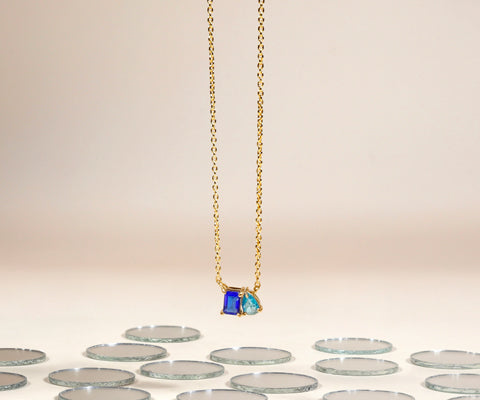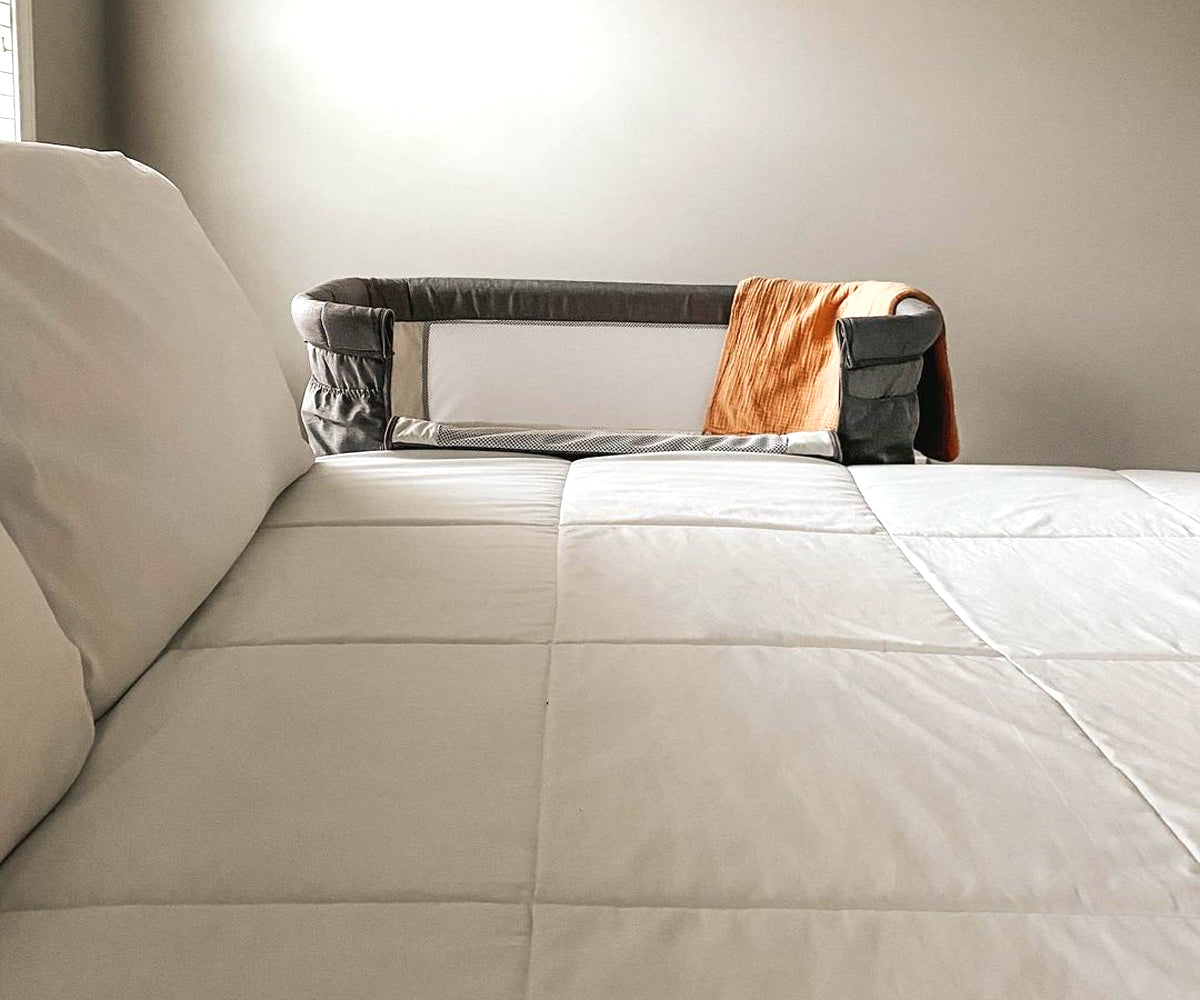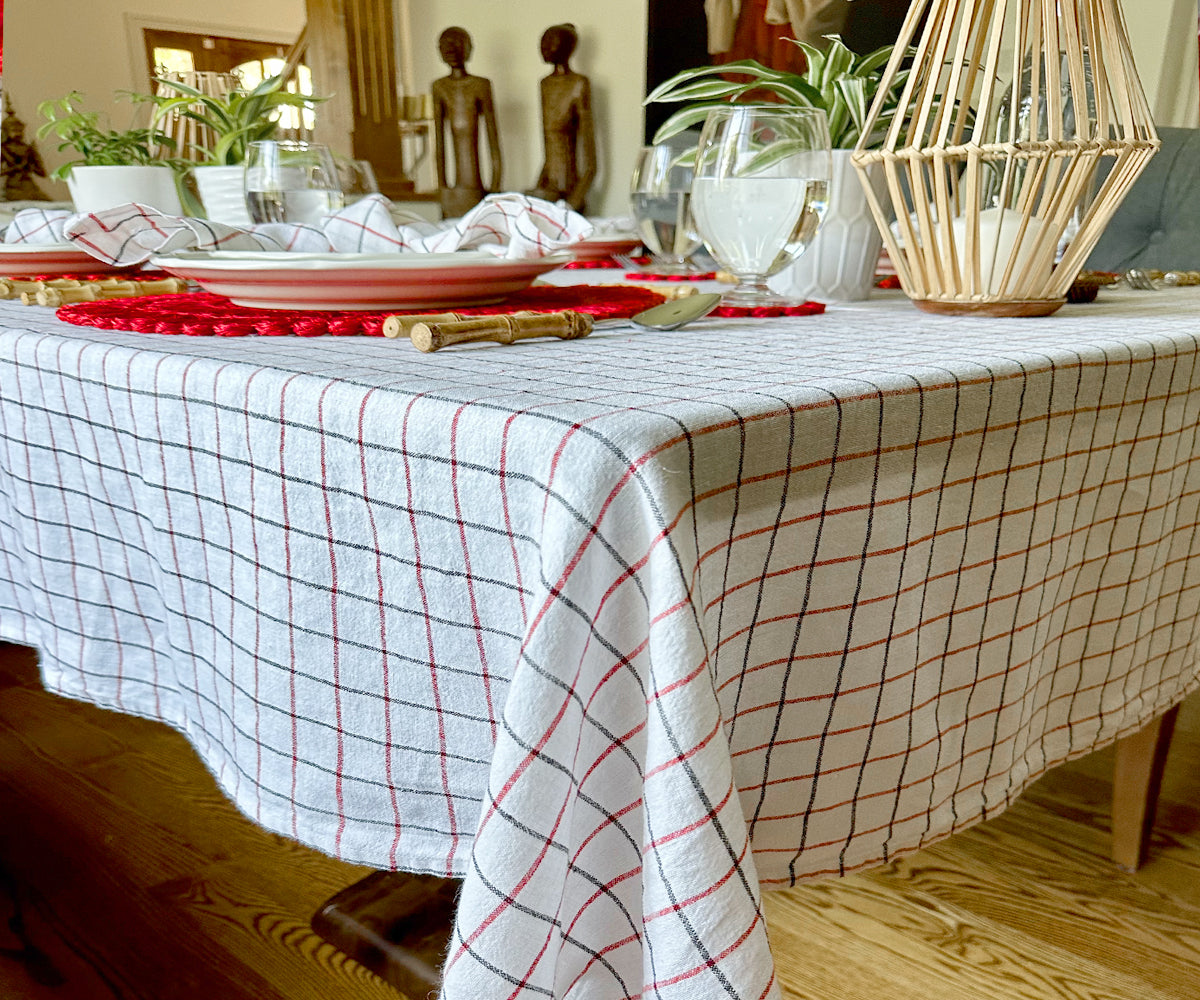1. Choosing the Right Bed Sheets
 The first step to long-lasting bedding is selecting the right sheets. Not all materials are the same, and each requires specific care:
The first step to long-lasting bedding is selecting the right sheets. Not all materials are the same, and each requires specific care:
-
Cotton Bed Sheets: Durable, breathable, and easy to maintain.
-
Linen Bed Sheets: Perfect for warm climates but need gentle handling.
-
Silk Sheets: Luxurious but delicate - best washed carefully.
-
Flannel Sheets: Great for winter but prone to pilling without proper care.
Also, consider thread count and weave. A thread count of 200–400 is soft and strong, while percale offers a crisp feel and sateen is smoother but more delicate.
2. How Often Should You Wash Bed Sheets?
Washing frequency impacts hygiene and sheet lifespan. Generally, wash your bed sheets every 1–2 weeks. Adjust based on:
-
Habits: Showering before bed may extend washing intervals.
-
Allergies: Wash more often to minimize allergens.
-
Season: Hotter weather may require more frequent washing.
3. Best Practices for Washing Bed Sheets
 Follow these tips to keep your sheets in top condition:
Follow these tips to keep your sheets in top condition:
-
Use Cold or Warm Water: Hot water can damage fibers.
-
Mild Detergent: Avoid harsh chemicals that weaken fabric.
-
Skip Fabric Softeners: They leave residue. Use vinegar instead.
-
Gentle Cycle: Prevents unnecessary wear.
-
Avoid Overloading: Allows thorough cleaning without stretching fabric.
4. Proper Drying Techniques
Drying your sheets correctly is just as important as washing:
-
Low Heat: Prevents shrinkage and fiber damage.
-
Prompt Removal: Reduces wrinkles and keeps sheets smooth.
-
Air Dry: Enhances freshness and naturally disinfects.
-
Avoid Overdrying: Overheating causes stiffness and damages elastic.
5. Ironing and Storing Sheets
 While ironing isn’t essential, it creates a crisp, hotel-like finish. Iron slightly damp sheets on a low setting for silk or a medium setting for cotton.
While ironing isn’t essential, it creates a crisp, hotel-like finish. Iron slightly damp sheets on a low setting for silk or a medium setting for cotton.
For storage:
-
Ensure sheets are completely dry to prevent mold.
-
Store in a cool, dry space.
-
Fold sets together - place fitted, flat, and pillowcase in one pillowcase for easy access.
Read Related: The Ultimate Guide to Cooling Bedding for Hot Sleepers
6. How to Remove Stains from Bed Sheets
Stains are inevitable, but quick action makes them easy to handle:
-
Act Fast: Blot the stain - don’t rub.
-
Pre-Treat: Use mild detergent or stain remover.
-
Cold Water for Blood: Hot water can set stains.
-
Repeat if Needed: Avoid drying until stains are fully gone.
7. Special Care Tips by Fabric
-
Cotton: Durable but avoid high heat when drying.
-
Linen: Air dry and handle gently to prevent damage.
-
Silk: Hand-wash or use a delicate cycle with mild detergent.
-
Flannel: Wash inside out to prevent pilling.
8. Rotate and Replace Your Sheets
Rotate multiple sheet sets to extend their lifespan. Ideally, have three sets per bed: one on the bed, one in storage, and one in the laundry. Replace sheets if you notice thinning fabric, holes, worn-out elastic, or permanent stains.
9. Eco-Friendly Sheet Care Tips
Caring for your bed sheets sustainably benefits both your bedding and the planet:
-
Cold Wash: Saves energy and preserves fibers.
-
Air Dry: Reduces energy use and fabric wear.
-
Eco-Friendly Detergents: Free from harsh chemicals.
-
Repair Over Replace: Mend small tears instead of buying new sheets.
When shopping for sustainable sheets, look for organic cotton or bamboo options with certifications like GOTS (Global Organic Textile Standard) or OEKO-TEX for safe, chemical-free materials.
Also Read: Why Organic Cotton Bedding is Considered the Best Option
Caring for your bed sheets is more than just a chore, it's a simple routine that enhances sleep quality, comfort, and health while extending the life of your bedding. With the right washing, drying, and storage techniques, your sheets will feel fresh, soft, and luxurious for years.











